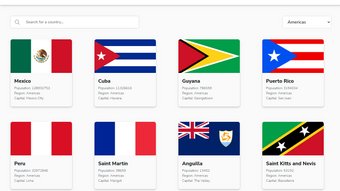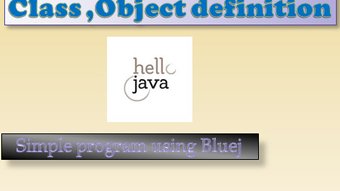HTML: the language of web restoration and the basis of electronic page design
1
About :
HTML, or hypertext Markup Language, remains a fundamental pillar in the structure of the internet and the design of web pages. Understanding this language is vital for developers and web designers, as it contributes to creating interactive and attractive pages for users.
HTML not only determines the structure of the page, but also serves as a system for accessing and interacting with elements. HTML uses tags (Tags) to identify various elements such as headings, paragraphs, links, and images, which makes it easier to restore the content understandably.
When building a web page using HTML, the content can be divided into sections and organized using tags and attributes. HTML also allows the inclusion of multiple media such as audio and video to enhance the user experience.
HTML has evolved over time, and new versions have appeared such as HTML5 that have brought advanced features, including better media and graphics support, and improvements in interactivity and user experience. HTML5 reflects the trends of modern web development and offers developers new possibilities for realizing cutting-edge designs.
In conclusion, understanding HTML remains crucial for individuals working in the field of web design, as it contributes significantly to building a strong foundation for electronic pages, leading to excellent and effective user experiences.
Tags :
Their limit for today is $0!



























Comments:
Reply:
To comment on this video please connect a HIVE account to your profile: Connect HIVE Account